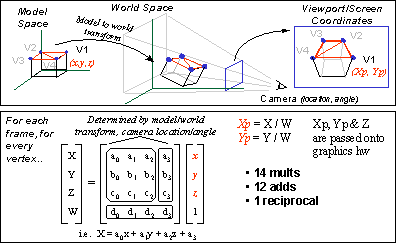The Celeron 566/600 will be the first Celerons to feature Intel’s SSE instructions. For a brief recap of what SSE is, let’s take a look at our explanation of the technology from our original Pentium III review:
Intel had a lot of proving to do with the Pentium III's 70 Streaming SIMD Extensions (SSE), and among the tests they had to pass, proving that SSE wasn't just another MMX was one of them. At a first glance, it's easy to say that SSE would be another flop just like MMX, however if you look a little deeper into the two technologies you'll begin to notice quite a few differences.
The name Streaming SIMD Extensions is indication in its own of the power of SSE, as we all remember from the introduction of the K6-2, SIMD is an extremely popular and powerful feature of the 3DNow! instructions. SIMD, or Single Instruction Multiple Data (in this case SIMD-FP as it applies to FPU instructions, whereas MMX offered SIMD-Int for Integer instructions) allows a single command (or instruction) to be applied to multiple sets of data simultaneously. The key to understanding the benefits of SIMD-FP instructions is the emphasis on the simultaneous execution of commonly used instructions such as multiplies, divides, and adds. The perfect example would be in the transfer of a simple cube in mathematical space to a 3D world as is illustrated by the diagram provided by Intel below:
Copyright 1999-2000 Intel CorporationThe 14 mults, 12 adds and 1 reciprocal function of the above transfer from model space to world space (mathematical space to 3D world space) could benefit greatly from the Pentium III's SSE as you're essentially executing the same instruction and applying it to multiple forms of data over and over again. The nature of SIMD-FP instructions allows for these instructions to be applied to multiple data structures processed by the CPU in a more timely manner, offering an actual improvement in performance.
While MMX did essentially the same thing for Integer values (whole numbers, i.e. 1, 2, 3…), most complex software such as 3D games, 3D rendering programs, image editing software, and even speech recognition software make use of Floating Point values (numbers with decimals, i.e. 0.0001), therefore there was a very tiny real-world performance improvement that Intel's MMX instructions brought to the table. At the same time, since floating point calculations already take an incredible amount of time to process, even on today's fastest x86 processors (relatively speaking, from the point of view of the CPU not the user); therefore, the application of SIMD to floating point operations as provided for by the Pentium III's SSE offers a greater tangible performance improvement than the application of SIMD to integer operations which are already quite fast on x86 systems.











0 Comments
View All Comments